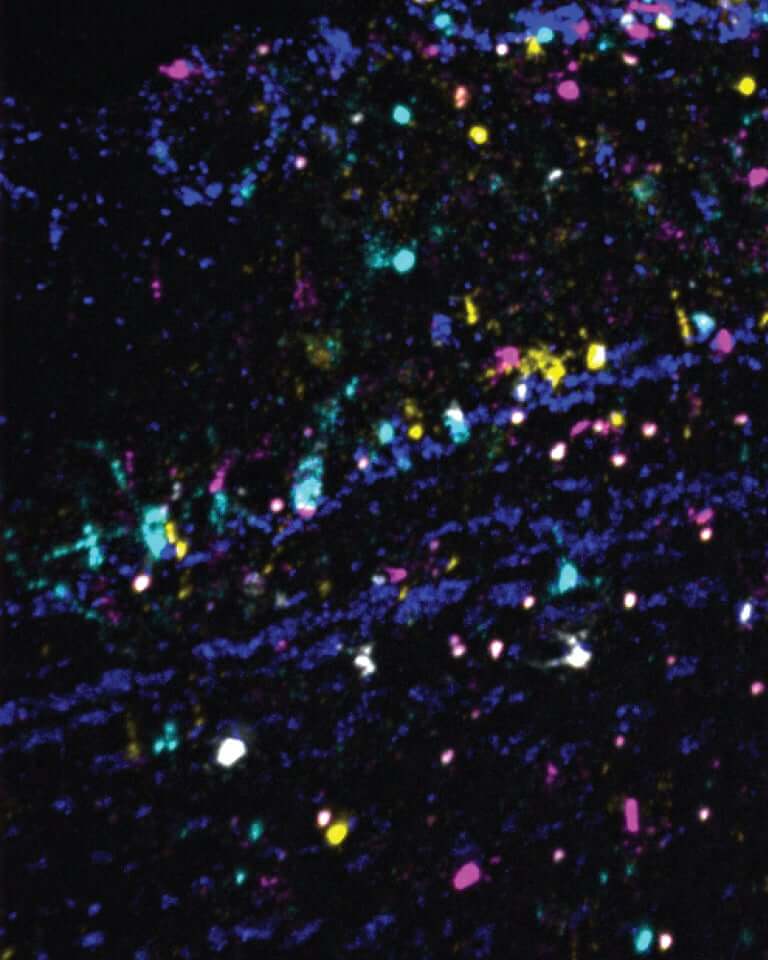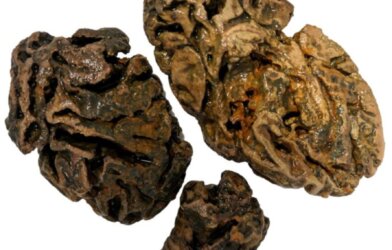“Memories, imagination, old sentiments, and associations are more readily reached through the sense of smell than through any other channel.” -Oliver Wendell Holmes (1809-1894)
A transient smell can evoke memories of an entire summer. Our sense of smell has a powerful effect on our behavior and emotions. Despite the sense’s power, less is known about its physiology than any other sense. Scientists Florin Albeanu, Alexei Koulakov, and Anthony Zador, at the Cold Spring Harbor Laboratory (CSHL) in New York are figuring out how our brains process smells. They’ve started by newly mapping nose-brain circuits.
“It’s an open question at this point, how exactly we process smell,” says Albeanu in a statement. “What are the features in the odor space that the brain is extracting and using to create percepts of olfactory objects? And exactly what are the mechanisms in the brain?”
Previous research found no organization among neurons in the olfactory cortex (the brain region associated with smell). They interpreted that to mean that information about odor was relayed randomly through the brain. Those studies, however, involved just a small number of neurons.
The CSHL team used new brain-mapping technologies called MAPseq and BARseq. They were able to trace the paths of thousands of olfactory-processing neurons within the brain of a single mouse.
The brain has an olfactory bulb which receives sensory information from the nose. The brain’s primary smell-processing hub, called the piriform cortex, and several other brain regions, receive input from the olfactory bulb.

The team found that neurons at the front and back of the piriform cortex had different connectivity patterns.
“As you move along this axis, you see the neurons’ projection pattern gradually changing in terms of how it broadcasts information into other brain regions,” Koulakov says. “That is synchronized with the way the olfactory bulb projects to those brain regions, as well as to the same locations within the piriform cortex.”
Each of these parallel “circuit motifs” process different odor information.
The circuits are like those found in other parts of the brain which correspond to features of sensory inputs like sights and sounds. In the visual system, neuronal positions convey information about a seen object’s location, among other characteristics. Different pathways correspond to “where” and “what” information.
Scientists suggest that the olfactory map demonstrates the existence of different neural circuits assigned to different features, such as the identity of a smell, whether it is pleasant or not, its origin, and how to act on it. “It’s a step toward understanding the nature of olfactory processing,” Albeanu says.
The research is published in the journal Cell.







-392x250.jpg)



